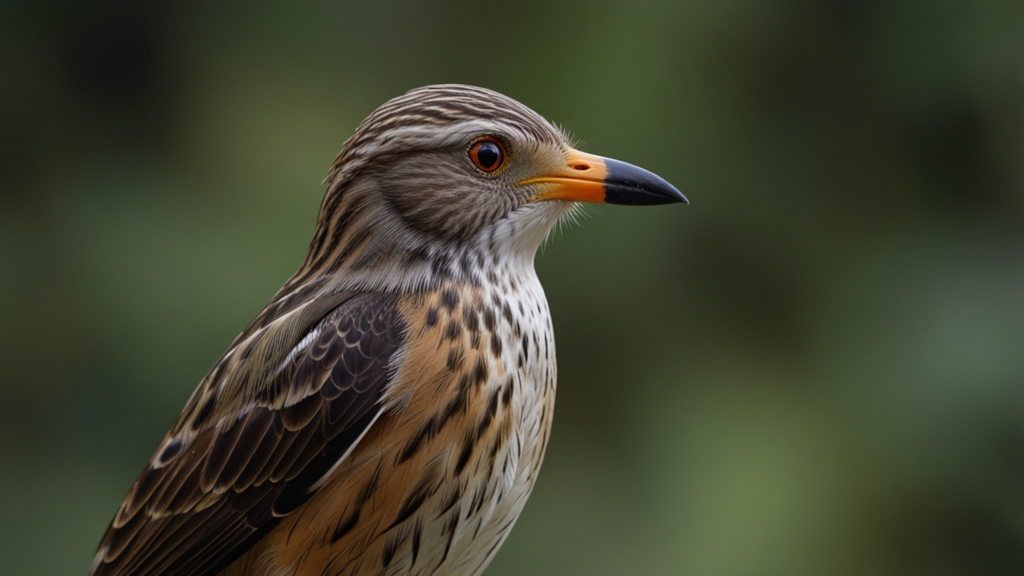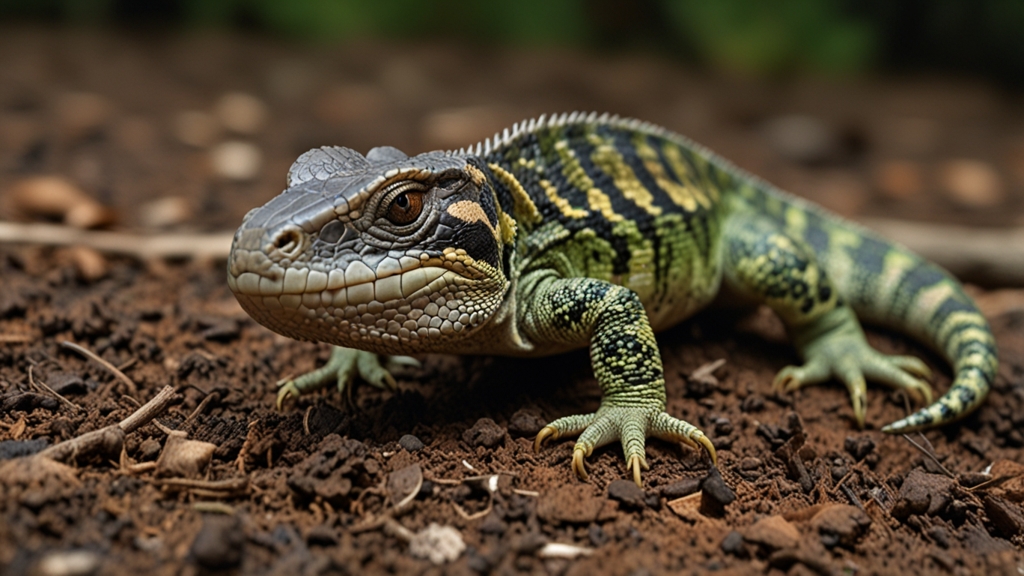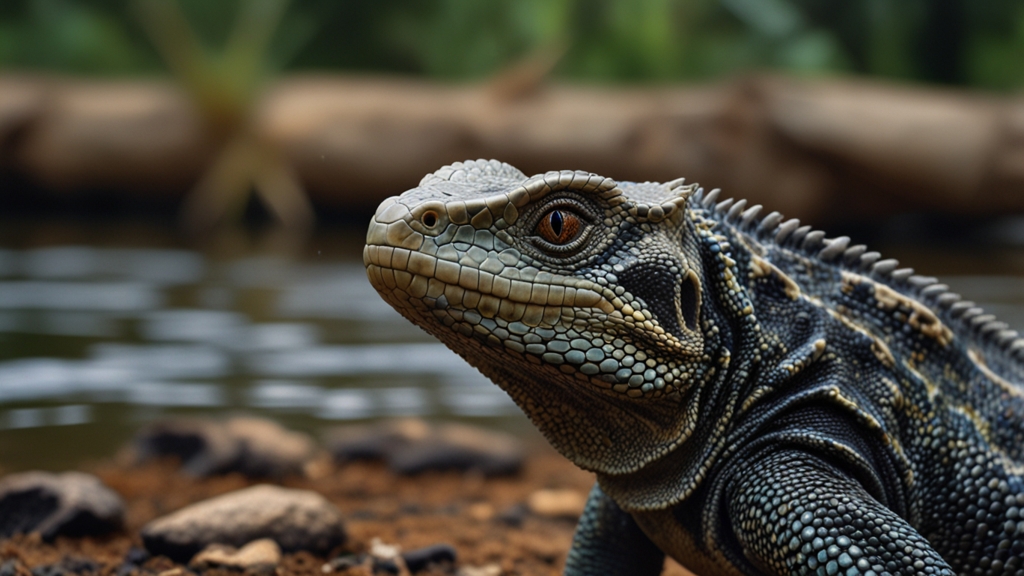Courage in the Wild: Stories of Animals Defying Extinction
In the vast expanse of our natural world, tales of survival and resilience are not confined to the pages of history or the silver screen. These riveting narratives unfold in the forests, oceans, and skies around us, telling stories of courage against the relentless march of extinction. Here, we explore some of the most awe-inspiring stories of animals defying the odds, showcasing their bravery and the tireless efforts of conservationists who fight alongside them.
The Majestic Mountain Gorilla
The mountain gorilla, an iconic symbol of our primal roots, once stood on the brink of extinction. In the late 20th century, rampant poaching and habitat destruction had dwindled their numbers to critical levels, with fewer than 300 individuals remaining in the wild.
“We must remember that in the end, nature does not need people, but people need nature.” — Richard Leakey
Thanks to the unwavering dedication of conservationists and local communities, these magnificent creatures have made a remarkable comeback. Today, the population of mountain gorillas has more than doubled, and their continued survival is a testament to the power of collaborative conservation efforts and the resilience of nature itself.
The Tenacious Sea Turtle
Sea turtles have traversed Earth's oceans for over 100 million years, but modern threats have pushed many species to the edge of extinction. Pollution, climate change, and illegal hunting have all contributed to their precarious situation.
Yet, these ancient mariners exhibit extraordinary courage in the face of adversity. Conservation programs worldwide have implemented measures to protect nesting grounds, reduce bycatch, and clean up marine habitats. The results have been encouraging: populations of several sea turtle species, such as the green and leatherback turtles, are beginning to show signs of recovery. Their journey from the brink serves as a powerful reminder of the importance of global cooperation in conservation.
The Resilient Amur Leopard
The Amur leopard, renowned for its striking beauty and elusive nature, is one of the rarest big cats in the world. Found primarily in the temperate forests of the Russian Far East and China, this solitary predator faced near extinction in the early 2000s, with estimates placing their population at a mere few dozen individuals.
“In the end, we will conserve only what we love; we will love only what we understand; and we will understand only what we are taught.” — Baba Dioum
Concerted efforts by conservation organizations, governments, and local communities have played a pivotal role in stabilizing the Amur leopard population. Anti-poaching initiatives, habitat restoration, and cross-border conservation projects have jointly ensured that these magnificent cats continue to prowl the forests.
The Indomitable Bald Eagle
The bald eagle, the national bird and symbol of the United States, faced a dramatic decline in the mid-20th century due to habitat loss, hunting, and the widespread use of the pesticide DDT. From a population of hundreds of thousands, the numbers dwindled to around 412 nesting pairs by 1963.
The banning of DDT in 1972, along with intensive conservation and legal protection efforts, paved the way for a remarkable recovery. Today, the bald eagle population has rebounded to over 10,000 nesting pairs, exemplifying a resounding success story in wildlife conservation.
A Call to Action
The stories of these animals defying extinction are not just tales of individual species' triumphs but also reflect the broader battle for biodiversity and the health of our planet. Each success story underscores the importance of dedicated conservation efforts, legal protections, and global cooperation.
As stewards of this planet, it is our responsibility to ensure that these courageous creatures and many others continue to thrive. Through education, advocacy, and action, we can contribute to a world where stories of survival and resilience become the norm rather than the exception. The fight against extinction is far from over, but with collective resolve, we can create a future where wildlife flourishes once again.







